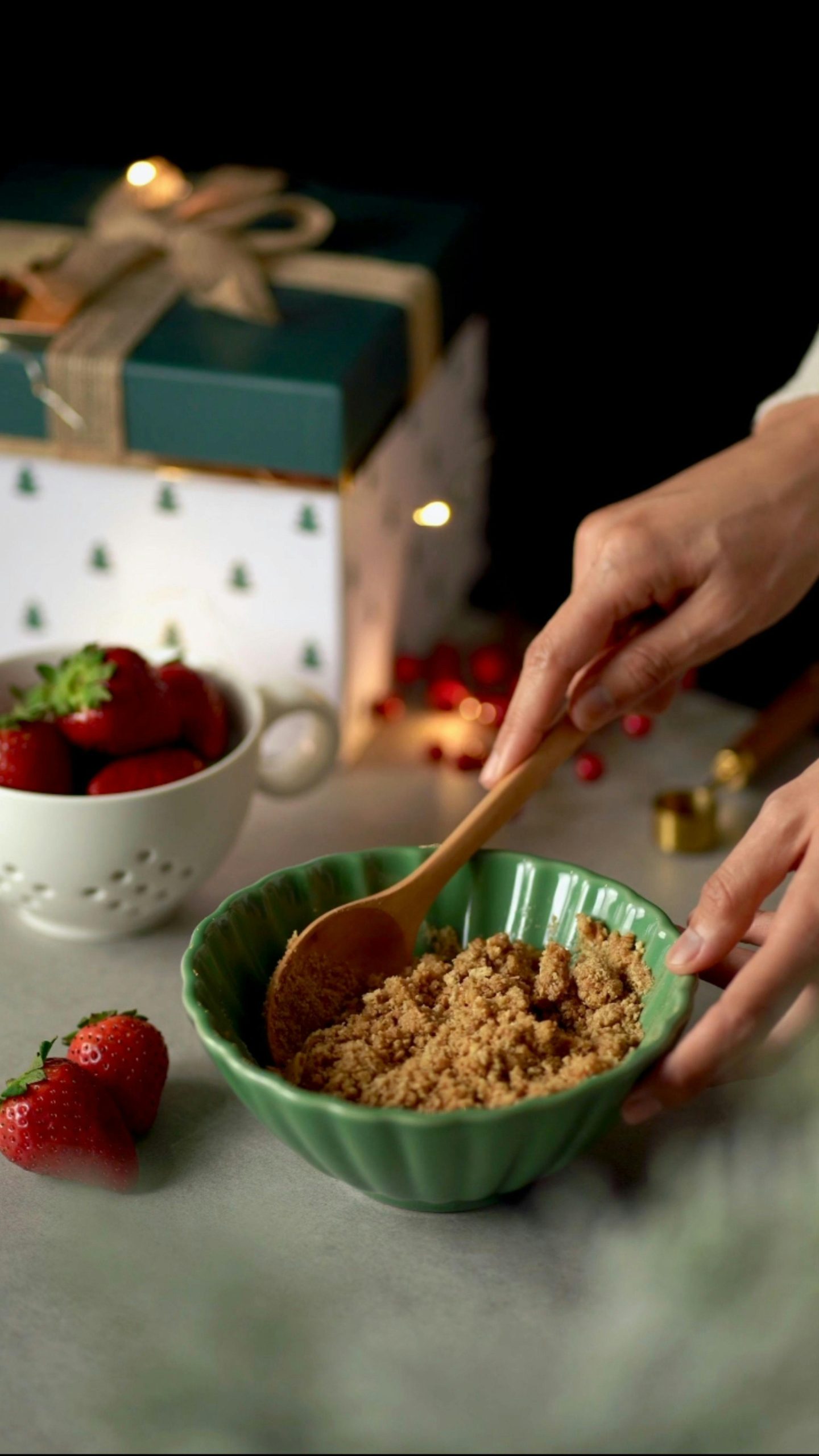Are you looking for a nutritious and versatile addition to your diet? Look no further than moong dal! With its high protein content and numerous health benefits, moong dal is a staple in many vegetarian households. In this article, we will explore what moong dal is, its various types, its nutritional value, and its incredible health benefits. We will also provide some popular recipes to incorporate moong dal into your daily meals and offer tips on buying and storing this versatile ingredient. So, let's dive in and discover the amazing health benefits of moong dal!
What is Moong Dal?
Moong dal, also known as split green gram, is a type of lentil that is widely consumed in Indian cuisine. It is made by removing the outer green husk of the green gram and splitting the remaining yellow-colored seed. This process not only enhances the taste and texture but also allows for quicker cooking. Moong dal is commonly used in soups, stews, curries, and even desserts.
What is Moong Dal Sprouts?
Moong dal sprouts are the germinated form of moong dal, and they offer exceptional nutritional benefits. To make moong dal sprouts, you soak the split green gram in water overnight and then drain and rinse them. Next, you place them in a damp cloth or a sprouting jar and allow them to sprout for a few days, rinsing them with water every few hours. The sprouted moong dal can then be consumed raw or cooked. Sprouting increases the digestibility of moong dal and boosts its nutrient content.
What are the Different Types of Moong Dal?
There are several types of moong dal available, each with its unique characteristics and uses. Let's take a closer look at some of the most popular ones:
1. Whole Moong Dal: This type of moong dal is made by removing the outer green husk but leaving the seed intact. It is commonly used in curries and soups, as well as in the preparation of various snacks and desserts.
2. Split Moong Dal with Skin: As the name suggests, this type of moong dal is split but still has the green skin on it. It is often used in dal preparations, where it adds a slightly earthy flavor and a pleasant texture.
3. Split Moong Dal without Skin: This variety of moong dal is split and does not have the green skin. It cooks quickly and is commonly used in making soups, stews, and khichdi (a rice and lentil porridge).
4. Moong Dal Flour: Moong dal flour is made by grinding the split moong dal into a fine powder. It is commonly used as a gluten-free alternative to wheat flour in various baking recipes.
Nutritional Value of Moong Dal
Moong dal is not only delicious but also packed with essential nutrients. Let's take a look at the nutrition facts of moong dal per 100 grams:
– Calories: 347
– Protein: 24 grams
– Carbohydrates: 59 grams
– Fiber: 16 grams
– Fat: 1.2 grams
– Iron: 5.8 milligrams (32% of the recommended daily intake)
– Calcium: 132 milligrams (13% of the recommended daily intake)
– Vitamin C: 2 milligrams (3% of the recommended daily intake)
– Vitamin B6: 0.2 milligrams (10% of the recommended daily intake)
Moong dal is also rich in other vitamins and minerals like folate, magnesium, potassium, and phosphorus. With its high protein and fiber content, moong dal is an excellent addition to a balanced diet.
Benefits of Moong Dal for Health
Now that we know the nutritional value of moong dal, let's explore the various health benefits it offers.
Moong Dal for Weight Loss
If you are trying to shed a few extra pounds, moong dal can be your best friend. Its high protein and fiber content make it a filling and satisfying food, which helps in curbing hunger pangs and reducing overall calorie intake. Additionally, moong dal is low in fat and contains complex carbohydrates that provide energy without causing blood sugar spikes. Including moong dal in your weight loss journey can contribute to your overall success.
Moong Dal for Heart Health
Moong dal is an excellent food for maintaining heart health. Its high fiber content helps in reducing cholesterol levels, thus lowering the risk of cardiovascular diseases. The presence of magnesium and potassium in moong dal also helps in maintaining healthy blood pressure levels. Moreover, moong dal is low in saturated fats, making it a heart-friendly food choice.
Moong Dal for Better Nutrition
Moong dal is a powerhouse of essential nutrients that are vital for overall well-being. With its high protein content, moong dal can be an excellent source of plant-based protein for vegetarians and vegans. It also contains a good amount of iron, which is essential for carrying oxygen to different parts of the body and preventing iron deficiency anemia. Moong dal is also rich in folate, a B vitamin that plays a crucial role in red blood cell production.
Moong Dal for Diabetes Prevention
Moong dal has a low glycemic index, which means it causes a slower and more gradual rise in blood sugar levels compared to high-glycemic foods. This makes it a suitable choice for individuals with diabetes or those at risk of developing diabetes. The fiber content in moong dal also helps in regulating blood sugar levels by slowing down the absorption of glucose in the bloodstream. Including moong dal in your diet can contribute to better blood sugar control.
Moong Dal for Digestive Health
The fiber content in moong dal helps in promoting healthy digestion. It adds bulk to the stool and prevents constipation, keeping the digestive system regular. Moong dal is also good for gut health as it acts as a prebiotic, promoting the growth of beneficial gut bacteria. The presence of digestive enzymes makes moong dal easy to digest and reduces the chances of digestive discomfort.
Moong Dal for Blood Circulation
Moong dal is rich in iron, which is essential for the production of hemoglobin. Hemoglobin is responsible for carrying oxygen to different parts of the body, ensuring optimal blood circulation. Consuming moong dal regularly can help prevent iron deficiency anemia and promote better oxygen supply to cells and tissues.
Popular Recipes with Moong Dal
Now that we've explored the health benefits of moong dal, let's look at some delicious and nutritious recipes that incorporate this versatile lentil:
Moong Dal Halwa
Moong dal halwa is a popular Indian dessert made with ground moong dal, ghee (clarified butter), sugar, and milk. It is rich, creamy, and bursting with flavors. This indulgent dessert is often served during festivals and special occasions.
Moong Dal Paneer Toast
Moong dal paneer toast is a healthy and protein-packed breakfast or snack option. It is made by blending soaked moong dal with paneer (Indian cottage cheese) and spices, spreading the mixture on bread slices, and toasting them. Serve it with chutney or ketchup for a delicious and nutritious start to your day.
Moong Dal Soup
Moong dal soup is a comforting and nourishing dish that is packed with flavor. It is made by cooking moong dal with vegetables, spices, and herbs. This light and creamy soup can be enjoyed as a starter or a light meal.
Moong Dal Chila
Moong dal chila, also known as moong dal cheela, is a savory pancake made with moong dal batter. The batter is prepared by grinding soaked moong dal with spices and herbs, and then cooked on a griddle until crispy. It is a popular breakfast item that is typically served with chutney or yogurt.
How to Incorporate Moong Dal into Your Daily Diet
If you're wondering how to add moong dal to your daily meals, here are some ideas for different times of the day:
Ideas for Including Moong Dal in Breakfast:
– Prepare moong dal chila and serve it with mint chutney.
– Make a nutritious moong dal omelette by mixing soaked moong dal with chopped vegetables, spices, and herbs. Cook it on a greased pan until golden brown.
– Whip up a quick and healthy moong dal smoothie by blending soaked moong dal with fruits like banana, mango, or berries, and a splash of milk or yogurt.
Suggestions for Adding Moong Dal in Lunch:
– Cook moong dal with vegetables and spices to make a delicious dal curry. Serve it with rice or roti for a complete and nutritious meal.
– Make moong dal khichdi by cooking moong dal with rice, adding vegetables of your choice, and seasoning it with spices. This one-pot meal is not only easy to prepare but also a great way to include moong dal in your lunch.
Recommendations for Incorporating Moong Dal in Dinner:
– Prepare a warm and comforting bowl of moong dal soup by cooking moong dal with vegetables, herbs, and spices. Enjoy it with some whole-grain bread for a satisfying dinner.
– Make a hearty moong dal stew by slow-cooking moong dal with vegetables, aromatic spices, and vegetable broth. Serve it with a side of quinoa or brown rice for a wholesome and filling dinner.
Tips for Using Moong Dal in Healthy Snacks:
– Roast moong dal with some spices and enjoy it as a crunchy and protein-rich snack.
– Prepare moong dal fritters by grinding soaked moong dal with spices and shallow frying them until crispy. Enjoy them with mint chutney or ketchup.
Tips for Buying and Storing Moong Dal
To ensure you get the best quality and freshness, consider the following tips when buying and storing moong dal:
How to Choose Quality Moong Dal:
– Look for moong dal that is uniform in size, clean, and free from dirt, stones, and debris.
– Check for any signs of moisture or insect infestation, which could indicate poor quality.
– Opt for organic moong dal whenever possible, as it is grown without the use of harmful pesticides and chemicals.
How to Store Moong Dal Correctly:
– Store moong dal in an airtight container in a cool, dry place away from direct sunlight.
– It is advisable to transfer the lentils to a clean, dry container and discard any packaging that may not provide adequate protection.
– When stored properly, moong dal can have a shelf life of up to a year.
Possible Side Effects and Precautions
While moong dal is generally safe for consumption, there are a few precautions to keep in mind:
Possible Side Effects of Excessive Moong Dal Consumption:
– Excessive consumption of moong dal may lead to gas, bloating, and stomach discomfort in some individuals. To avoid this, start with small portions and gradually increase the quantity in your meals.
– Some individuals may be allergic to legumes, including moong dal. If you experience any allergic reactions like itching, rashes, or difficulty breathing after consuming moong dal, discontinue its use and consult a healthcare professional.
Precautions to Consider when Consuming Moong Dal:
– People with kidney-related issues or those on a low-potassium diet should limit their intake of moong dal, as it contains a moderate amount of potassium.
– If you are following a specific diet plan or have any underlying medical conditions, consult a healthcare professional or a registered dietitian before making significant changes to your diet.
Conclusion
Moong dal is a versatile and nutritious food that offers a wide range of health benefits. Packed with protein, fiber, and essential vitamins and minerals, moong dal is an excellent choice for weight loss, heart health, and diabetes prevention. From soups to curries and even desserts, there are endless possibilities for incorporating moong dal into your daily meals. With proper buying and storage practices, you can enjoy the goodness of moong dal throughout the year. So, why wait? Start adding moong dal to your diet and experience its incredible health benefits today!


